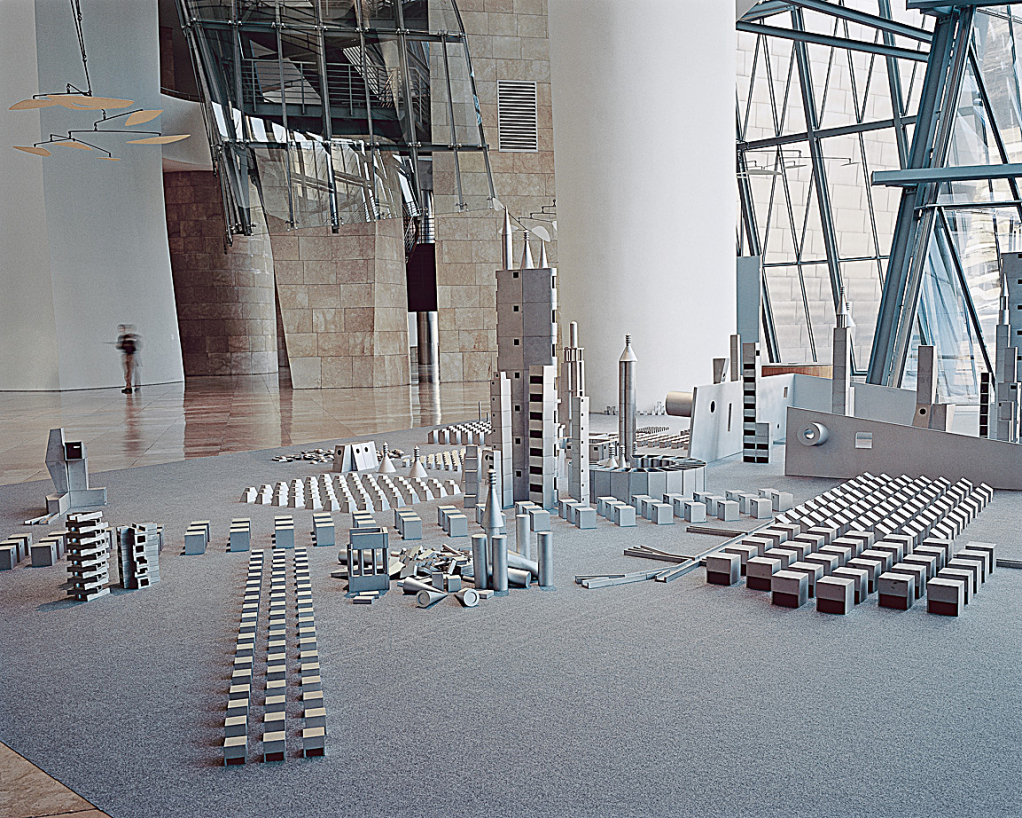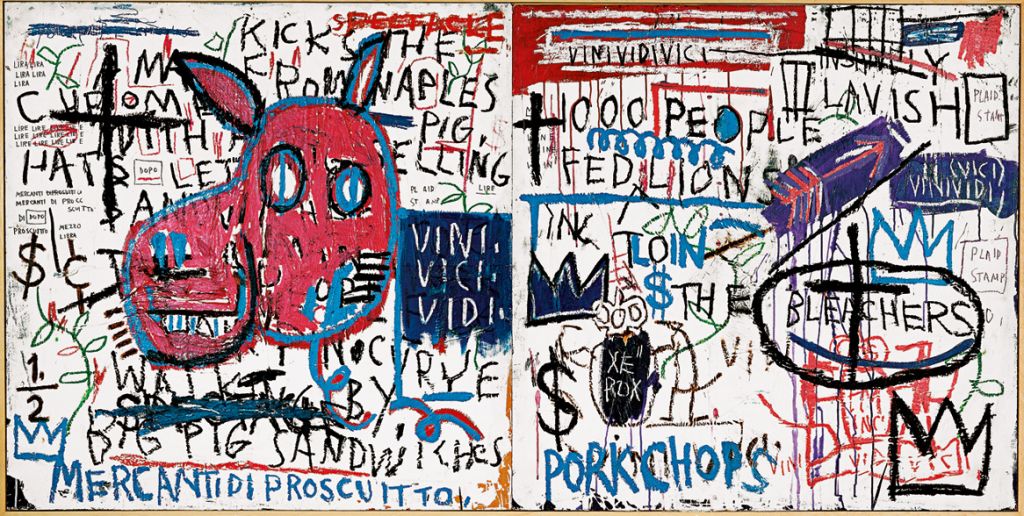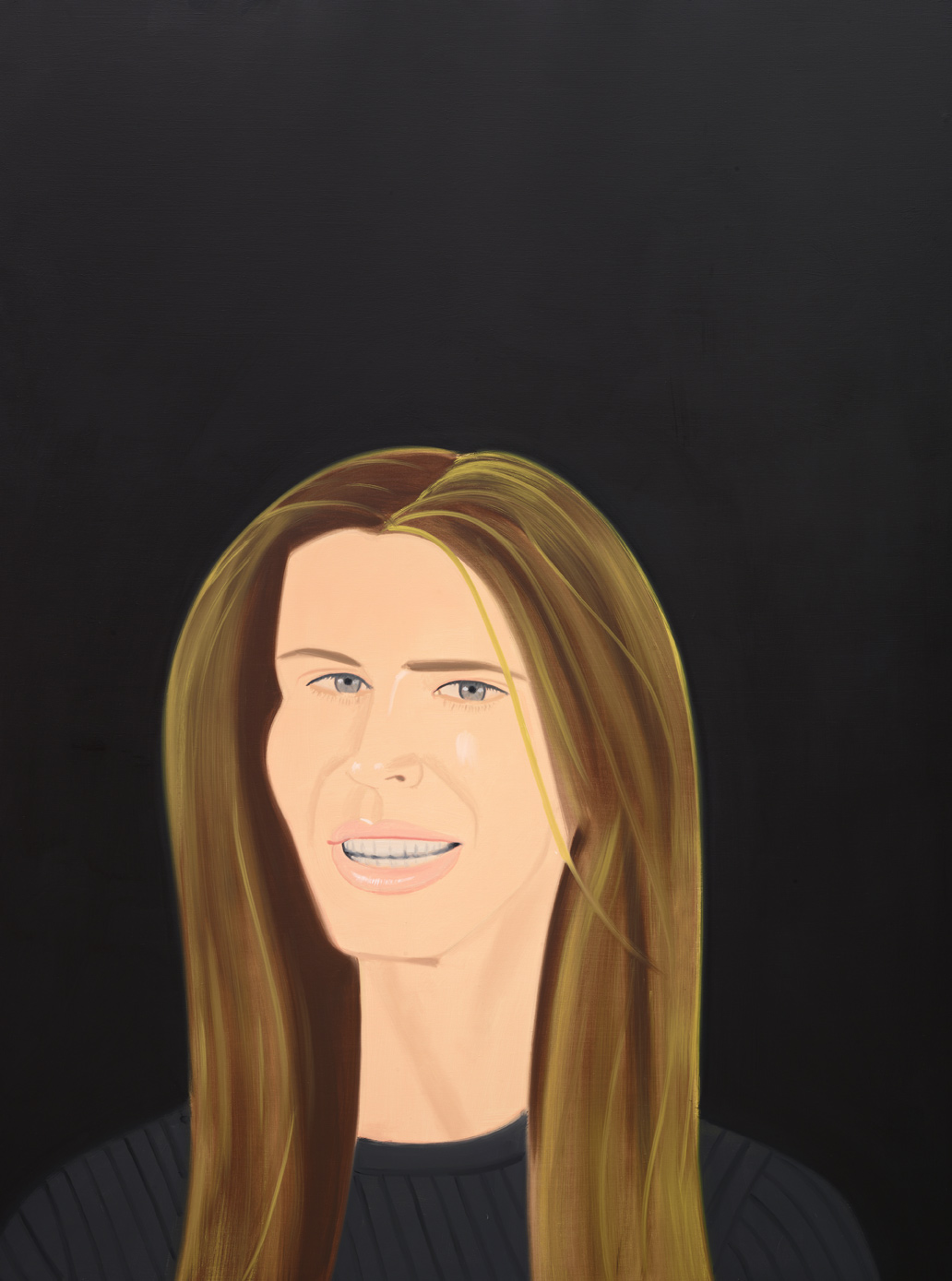Wall City
1995–2000Aluminum and zinc450 x 300 x 600 cm
The work of Valencian sculptor Miquel Navarro is characterized by its persistent exploration of the urban landscape. Trained as a painter, Navarro initially produced two-dimensional images featuring geometric structural and architectural forms—segments of landscapes or imaginary cities. In 1972, the year of his first solo exhibition, Navarro shifted his focus to sculpture, and in 1973 he began the first of his Cities. Set directly on the floor without a pedestal and comprising many separate geometric components of varying sizes, shapes, and materials—at first primarily in terracotta, but since 1985 in various metals such as iron, zinc, and aluminum—these installations map out the topography of fictive metropolises on a human scale, producing a dialogue between sculpture and architecture. Navarro's miniature cities expand horizontally across the floor of the gallery, rising vertically at certain points in the form of aggressively tall, phallic towers. In evoking urban sprawl, the Cities reflect the artist's own personal experience of the mutability of the man-made landscape: since the 1950s, his home town of Mislata, once a village surrounded by extensive farmland dotted with small pockets of industry, has been transformed by the expansion of nearby Valencia.
In 2000 Navarro was invited by the Venice Biennale to participate in an exhibition at the Fondazione Giorgio Cini in conjunction with the seventh International Architecture Exhibition, for which he installed Wall City (Ciudad muralla), begun some five years earlier. Already quite large by the time it was shown in Venice, comprising some 1,000 pieces, Navarro subsequently expanded the installation to include more than 4,000 elements, its current size. Wall City can occupy a space measuring up to 500 square meters—its lateral dimensions vary according to the site—and has towers that soar 4.5 meters tall. Although there are no inhabitants represented in this or Navarro's other Cities, there is nonetheless an implied human presence. Not only does the installation invite the beholder to physically circumnavigate it in real space and, simultaneously, to mentally project himself or herself into the space on an imagined scale, but, according to the artist, "the city [itself] is like a body, and it has flows coursing through its arteries—the horizontal element. In the case of the vertical element, there are walls, towers. . . . The human body uses arteries, veins, fluids, heart, center, shell. When you define a city, you are defining a body." [1]
1. Interview with Miquel Navarro, 2004, Guggenheim Museum Bilbao Research Archives.
Source(s):
Petra Joos. "Miquel Navarro." In Guggenheim Museum Bilbao Collection. Bilbao: Guggenheim Museum Bilbao; Madrid: TF Editores, 2009.
Original title
Wall City
Date
1995–2000
Medium/Materials
Aluminum and zinc
Dimensions
450 x 300 x 600 cm
Credit line
Guggenheim Bilbao Museoa






